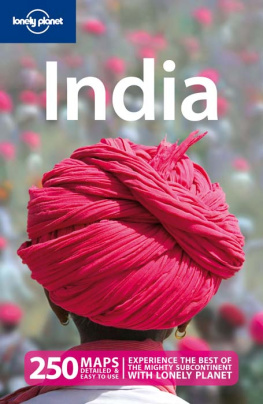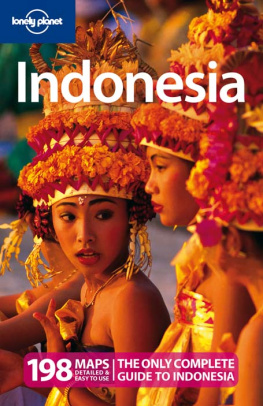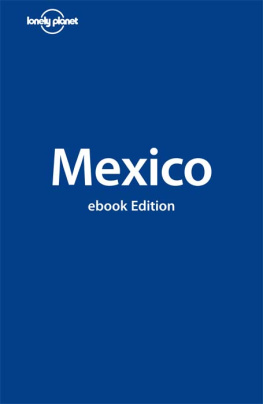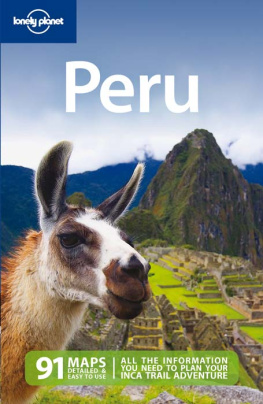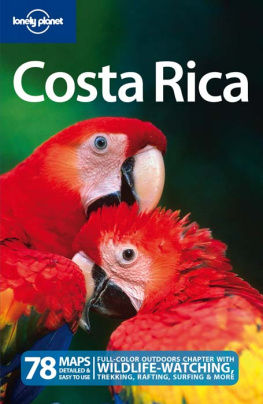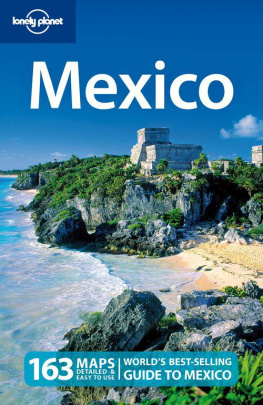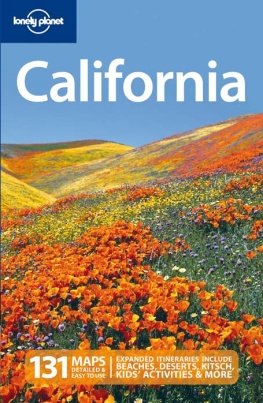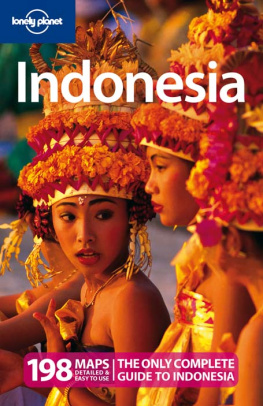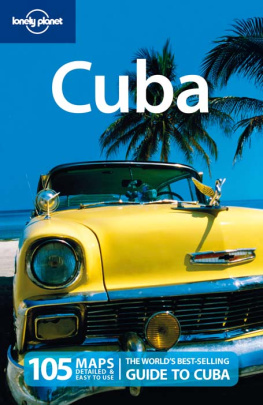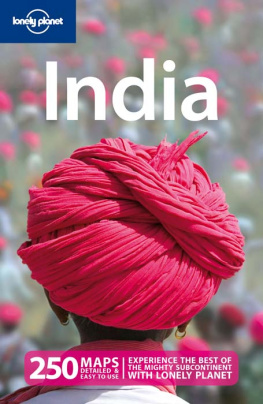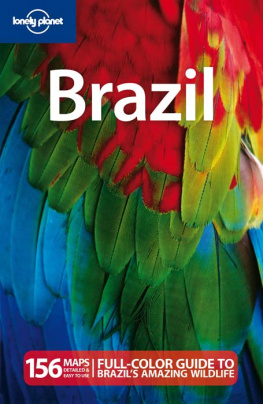Destination Nepal
For many travellers, Nepal is paradise on earth, or at the very least Shangri La. Wedged between the mountain wall of the Himalaya and the steamy jungles of the Indian plains, this is a land of yaks and yetis, monasteries and mantras, snow peaks and Sherpas, temples and tigers, magic and mystery. Ever since Nepal first opened it borders to outsiders in the 1950s, this tiny mountain nation has had an almost mystical allure for travellers. Explorers and mountaineers came to conquer the highest peaks, trekkers came to test themselves against some of the most challenging trails on earth and hippies came to wander in a stoned daze through the temple-filled towns at the end of the overland trail.
FAST FACTS
Population: 29.5 million
Surface area: 147,181 sq km (just larger than Greece)
UN Human Development Index: 142, out of 177 countries
Life expectancy: 62 years
Literacy rate: 48.6%
Gross national income: US$240 per capita
Doctors per 100,000 people: 5 (550 in Italy)
Number of seats in parliament held by women: 12 (out of 205)
Nepalis who live on less than US$2 per day: 82%
Average age: 20 years
Youll still see a few of the original freaks meandering through the backstreets of Kathmandu, but they have been joined by legions of trekkers, clad in the latest technical gear and drawn by the rugged trails that climb to such famous destinations as Everest Base Camp and the Annapurna Sanctuary. Other travellers are drawn here by the rush of rafting down a roaring Nepali river or bungee jumping into a bottomless Himalayan gorge. Adventure addicts can get their adrenaline flowing by canyoning, climbing, kayaking, paragliding and mountain-biking through some of the worlds most dramatic landscapes.
Other travellers prefer to see Nepal at a more gentle pace, gazing towards the peaks from Himalayan viewpoints, strolling through the temple-lined medieval city squares of Kathmandu, Patan and Bhaktapur, and joining Buddhist pilgrims on a parikrama (ceremonial circuit) around the giant stupas scattered across the Kathmandu Valley. In Nepals wild and wonderful national parks, nature buffs scan the treetops for exotic bird species and comb the jungles for rhinos and tigers from the backs of lumbering Indian elephants.
But big changes are afoot in Nepal. For one thing, Nepal is no longer a kingdom. A decade of Maoist uprising and civil war came to an end with the election of the Communist Party of Nepal and the declaration of the Federal Republic of Nepal on 28 May 2008. Since then the last Nepali king, Gyanendra Bir Bikram Shah Dev, has vacated the Royal Palace in Kathmandu and moved to a modest house in Nagarjun, and the word Royal has been snipped from the signboards for Royal Nepal Airlines and Royal Chitwan National Park. After years of conflict, peace has returned to the mountains, and an air of optimism pervades the nation.
For travellers, this means Nepal is once again open for business. Trekkers are free to walk the mountain trails without fear of being stung for donations or taxes by Maoist cadres, and travellers can roam the countryside without having to endure the endless army roadblocks and searches that once turned bus travel into a draining ordeal. For the first time in years, the planes touching down on the tarmac at Tribhuvan Airport are packed full of GoreTex-clad trekkers and Nepals trekking lodges, hotels and restaurants are often crammed to capacity. This is only the start of a long process of recovery, but locals are already breathing a sigh of relief.
There have been other less-obvious benefits to the end of hostilities. Soldiers have been pulled back from active duty to patrol the boundaries of Nepals national parks good news for wildlife, bad news for the poachers who reduced Nepals rhino population by more than 30% during the uprising. The government has also turned its attention to improving living conditions for Nepals workers, something that was rarely a priority under the autocratic rule of the Shah kings. One side effect of this is that guides and porters are charging higher fees for their services youll have to dig deeper into your pockets to go trekking than in years past.
However, there is definitely still work to do. Nepals infrastructure was severely neglected during the conflict, and load shedding a polite term for turning off the power to save the grid from meltdown is a daily fact of life in the Kathmandu Valley. Fuel shortages are another problem: petrol stations run dry with monotonous regularity and prices for cooking kerosene are soaring, driving many locals to use firewood hacked from Nepals dwindling forests. Hydroelectricity has been put forward as the panacea for all Nepals power problems, but most of the hydro projects approved so far aim to channel electricity across Nepals borders to India and China.
Many people have spent a lifetime exploring the mountain trails and atmospheric temple towns
Getting around is also harder than it used to be, despite the easing of blockades. After decades of under-investment, the national airline has only four working aircraft for domestic flights, and some routes have been abandoned entirely. Private airlines have taken up some of the slack, but most of Nepals rural airstrips can only receive flights in clear weather, so delays and cancellations are the rule rather than the exception. The dangers of flying in cloud were tragically illustrated in October 2008 when a plane carrying European trekkers crashed beside the runway at Lukla, killing 18 people.
Its easy to focus on the negatives. For most Nepalis, the election of a stable government and the end of armed conflict has been a massive cause for celebration. The rebels never targeted tourists during the uprising, and the new communist government is now wooing foreign travellers like never before. Visa conditions have been eased, so visitors can obtain a visa lasting up to six months on arrival, and there are plans to waive visa fees entirely in 2011 for Visit Nepal Year.
The biggest problem faced by visitors to Nepal is how to fit everything in. Many people have spent a lifetime exploring the mountain trails of the Himalaya and atmospheric temple towns of the Kathmandu Valley and the Middle Hills, and they still keep coming back for more. Our advice is to pick a handful of essential experiences and save the rest for trip two, and three, and four, and
Getting Started
There are few countries in the world that are as well set up for independent tourism as Nepal. You can rock up to the border or Kathmandu airport, obtain a visa on arrival, organise a TIMS permit for trekking () and be up in the Himalaya in a matter of days. However, there is so much to see and do that it pays to do a bit of preparation before you arrive, not least because delays, cancellations and other unexpected obstacles to travel are part of daily life in Nepal. After a decade of civil war things are finally getting back to normal in Nepal and tourism is bouncing back with gusto. Last time we updated this book many lodges were struggling to find guests. Today, in many areas, travellers are struggling to find beds.
WHEN TO GO
The climate of Nepal can be broadly divided into two seasons. The dry season runs from October to May and the wet (monsoon) season runs from June to September. Autumn (September to November) and spring (March to May) offer warm daytime temperatures, clear skies for mountain views and perfect weather for trekking, rafting or just roaming around the Kathmandu Valley. For more information on the trekking season .
See for more information.


